In the fall of 2009, the Forest Practices Board conducted a special investigation into how well forest companies are meeting their obligations to maintain roads and bridges under the Forest and Range Practices Act. The investigation took place in the Campbell River, South Island and Squamish forest districts in the Coast Forest Region.
The Board looked at how road maintenance obligations were being met by 8 licensees holding road permit tenures associated with 11 forest licences. The licensees were Aat’uu Forestry Limited Partnership and TimberWest Forest Corporation in the Campbell River Forest District; Coulson Forest Products Ltd. and Teal-Jones Group in the South Island Forest District; and C.R.B. Logging Co. Ltd., Northwest Squamish Forestry Ltd., Squamish Mills Ltd. and Halray Logging Ltd. in the Squamish Forest District.
This investigation identifies fire preparedness issues facing those subject to the Wildfire Act; determines if there are differences in fire preparedness between various groups (e.g., small versus large forest licensees, certified versus non-certified); and highlights fire preparedness practices in the interest of contributing to fire prevention.
This special investigation looked at the level of soil disturbance caused by timber harvesting operations in a sample area of the Quesnel and Vanderhoof Forest Districts. Soil disturbance is important because it is an indicator of potential damage to soil and water. The investigation reviewed the activities of four major forest licensees - Canfor and West Fraser in both districts, Tolko in the Quesnel district, L&M Lumber in the Vanderhoof district - and British Columbia Timber Sales and its timber sale licence-holders in both districts. Forest practices conducted between July 1, 2006, and July 31, 2008 were investigated.
Fifteen years ago, “wildland-urban interface,” or WUI, was not a familiar term to most British Columbians. But after several severe wildfire seasons, people are more aware of the threat that wildfire poses to communities surrounded by forest.
After the Firestorm Provincial Review report came out in 2004, government introduced a fuel management program to address increasing fire risks in communities. Under this program, local governments take the lead in planning and executing fuel management treatments, with support from the provincial government.
In November 2006, two large rainfall storm events, occurring two weeks apart, caused major damage to roads, bridges, forests and streams across southern Vancouver Island. These storm events delivered extremely high rainfall and associated high winds, causing hundreds of landslides on Vancouver Island with many occurring in the Bamfield-Port Alberni area.
In this investigation, the Board set out to analyze the landslide activity that occurred in the two years prior and the year following these two large rainfall storm events.
